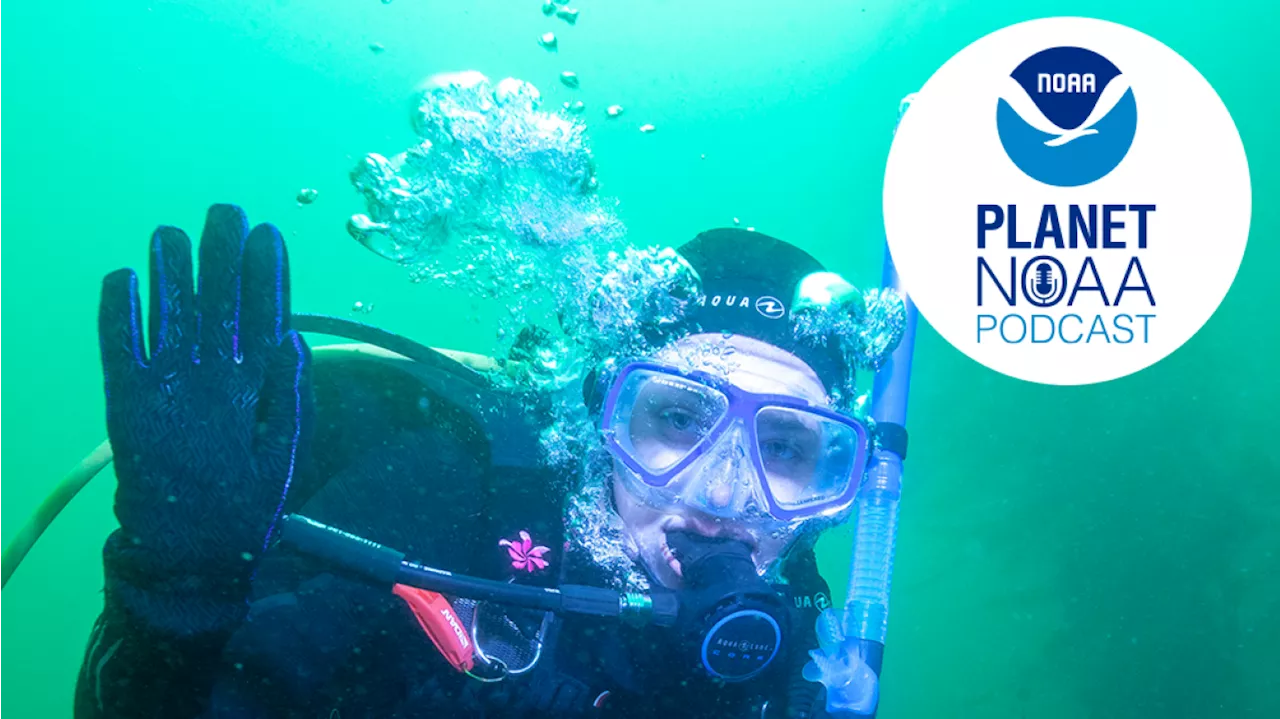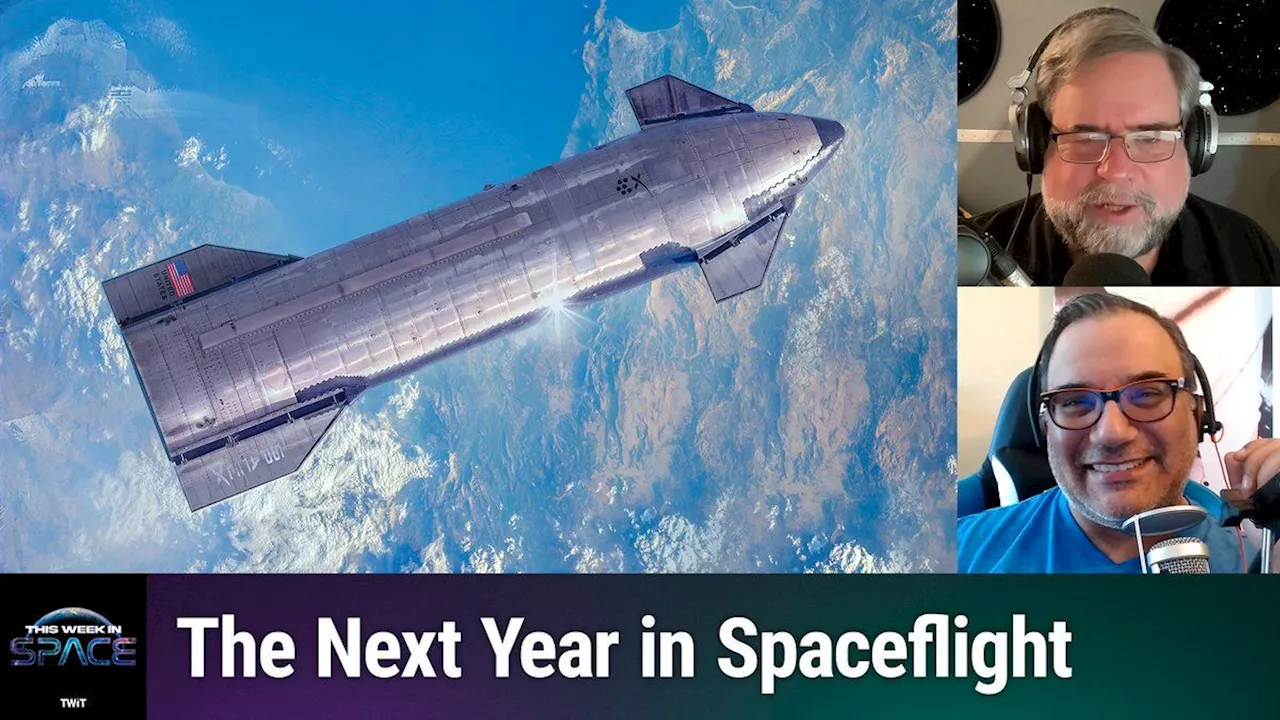Aquaculture – or farmed seafood – is making the way we live, work and eat more sustainable. Break down the inner workings of NOAA’S aquaculture and sustainability science with Chief Scientist Dr. Sarah Kapnick and special guests.
SYMONE BARKLEY : Welcome back to Planet NOAA! I’m your host, Symone Barkley. Today, we’re traveling to the very frontier of farming – the field of aquaculture! As our planet continues to transform, we’re increasingly turning to aquaculture as a source for safe, sustainable, and plentiful protein in the form of farmed seafood.
. As co-lead of Sea Grant’s aquaculture portfolio, Mark supports the aquaculture research being conducted at state Sea Grant programs around the nation. Over the years he has worked with many species, including tilapia, yellow perch, oysters, clownfish, sea urchins, African clawed frogs and zebrafish. Thanks for being here, Mark.
RATH: So, what is aquaculture? I mean, aquaculture is producing seafood on a farm instead of catching it in the wild. And it's just like any other form of food production or protein production or farming that we already do in the US. It has both impacts and benefits. When we do it conscientiously, like we do in the US, those impacts can be much lower than other forms of protein production that are widely practiced here.
MERCALDO-ALLEN: Along with warming waters, increased carbon dioxide in seawater, which is known as ocean acidification, can affect growth and survival of shellfish like clams, oysters and scallops. This research can help us better understand how shellfish respond and adapt to these varying environmental conditions, so that shellfish growers can prepare for the future. In addition to predicting the effects of environmental change, we're also proactively working on solutions.
MERCALDO-ALLEN: This partnership uses advanced selective breeding methods to cultivate oysters that are both disease resistant and can adapt to changing environmental conditions by developing families of resistant oysters and making them available to hatcheries and growers. Our research supports the aquaculture industry as it responds to a changing climate.
HOST: Thanks, Danielle. Renee – as you mentioned at the top of our conversation, many of these new aquaculture tools and policies have been developed thanks to the pioneering research taking place at Milford Lab. HOST: Renee, it’s great to hear that this application of aquaculture is benefitting structure-oriented fish species. What about the surrounding waters themselves? Could you talk a little bit about some of the ecosystem services that aquaculture provides?
HOST: Thanks, Mark. I want to keep the theme of collaboration as a focus here – Chris, you had mentioned that aquaculture has been around for a long, long time. So, how is NOAA working with Indigenous communities and tribes to inclusively and equitably bolster our aquaculture planning around the nation? What does that look like in practice?
HOST: Now, as working waterfronts and coastal communities continue to grow and change, new voices and faces are joining the field of aquaculture. Danielle, how do you plan to grow the Fisheries aquaculture program with inclusion as a priority? SCHILLACI: I think there's different public perception challenges or opportunities based on what we're talking about farming. I think there's a lot of support for shellfish farming, oyster farming, clam farming. And in those cases, you know, they're pretty well integrated into our coastline across the US. There are often conflicts with space use.
BLACKLOCK: Symone, I’m food-motivated. I like food and I like to cook. I put myself through school by cooking, and I also really think that finding sustainable foods is important. I studied marine biology and marine policy and that, married with my interest in food, sort of organically brought me into the aquaculture space.
HOST: I love that, Renee. I'm so happy to hear about the way you fell in love with aquaculture, and have continued to devote your time and careers to it. Thanks for joining us on Planet NOAA today.HOST: Welcome back, Tara. What can you tell us about how the NOAA aquaculture program has developed over time? What’s prompted scientists to get involved?
KAPNICK: Well, as NOAA Chief Scientist, I am the most senior scientist in our science agency. So in that role, I have to be thinking strategically about our science and technology, where it is today and where it's headed into the future. And in that we do a gap analysis. We look at the science where we are today, so we think about…where do we need to fund areas that are really important for the future that we're already working on.
KAPNICK: GFDL gave me a really strong background in all the science that underpins NOAA. So GFDL’s portfolio is building global climate models and Earth system models to be able to understand what is happening on Earth. So those take the form of ocean models, of global coupled models that can be used to seasonal decadal prediction; also fundamental modeling that allows us to create the dynamics for weather models.
KAPNICK: Yeah. And it is so important to find your community. And I would also want to add that your community isn't necessarily physically co-located with you. And that has been so important for me. When I was at GFDL and there were very few women alongside me, or even above me – when I became Deputy Division Leader, I was the first cohort of women; two of us were put in deputy division leadership roles, one was put in a leadership role, and there had never been a woman leader before that.
KAPNICK: Water is an emerging issue, not only just on its own as a critical resource that everyone needs to survive, but also as one that is greatly changed due to climate change. From NOAA, we are explaining the importance of forecasts and seasonal predictions to be able to understand how much water is available in the coming hours to months, and to be able to reduce the impact of potential extreme events.
United Kingdom Latest News, United Kingdom Headlines
Similar News:You can also read news stories similar to this one that we have collected from other news sources.
 Planet NOAA Podcast Episode 7: Class is in session!Our planet is a living classroom. Pull up a chair for today’s lesson with Asst. Secretary Jainey Bavishi and NOAA Education experts as they discuss how to make environmental science accessible to all ages – and how to build climate adaptation & resilience for AND WITH young people.
Planet NOAA Podcast Episode 7: Class is in session!Our planet is a living classroom. Pull up a chair for today’s lesson with Asst. Secretary Jainey Bavishi and NOAA Education experts as they discuss how to make environmental science accessible to all ages – and how to build climate adaptation & resilience for AND WITH young people.
Read more »
 Sooners On SI Podcast, Episode 245Hoover, Chapman and Sweet tackle DeMarco Murray, OU's depth chart for Temple, recap Brent Venables' press conference, preview the SEC and more.
Sooners On SI Podcast, Episode 245Hoover, Chapman and Sweet tackle DeMarco Murray, OU's depth chart for Temple, recap Brent Venables' press conference, preview the SEC and more.
Read more »
 The Rings of Power Podcast - Season 2, Episode 1The Rings of Power Podcast covers the biggest scenes, surprises, twists, and Tolkien lore in Season 2, Episode 1: 'Elven Kings Under The Sky'.
The Rings of Power Podcast - Season 2, Episode 1The Rings of Power Podcast covers the biggest scenes, surprises, twists, and Tolkien lore in Season 2, Episode 1: 'Elven Kings Under The Sky'.
Read more »
Paul George Announces Special Sixers Guest for Next Podcast EpisodePodcast P will feature a conversation between Paul George and a Philadelphia 76ers rookie.
Read more »
 This Week In Space podcast: Episode 125 — Back to Space School 2024Space.com is the premier source of space exploration, innovation and astronomy news, chronicling (and celebrating) humanity's ongoing expansion across the final frontier. Originally founded in 1999, Space.com is, and always has been, the passion of writers and editors who are space fans and also trained journalists.
This Week In Space podcast: Episode 125 — Back to Space School 2024Space.com is the premier source of space exploration, innovation and astronomy news, chronicling (and celebrating) humanity's ongoing expansion across the final frontier. Originally founded in 1999, Space.com is, and always has been, the passion of writers and editors who are space fans and also trained journalists.
Read more »
 Josh Shapiro Shares Episode of Daily Beast Podcast The New Abnormal in Response to Trump AttackThe former president called Shapiro—who won at least 40 legal challenges to Pennsylvania's 2020 vote count—a “terrible guy.”
Josh Shapiro Shares Episode of Daily Beast Podcast The New Abnormal in Response to Trump AttackThe former president called Shapiro—who won at least 40 legal challenges to Pennsylvania's 2020 vote count—a “terrible guy.”
Read more »
